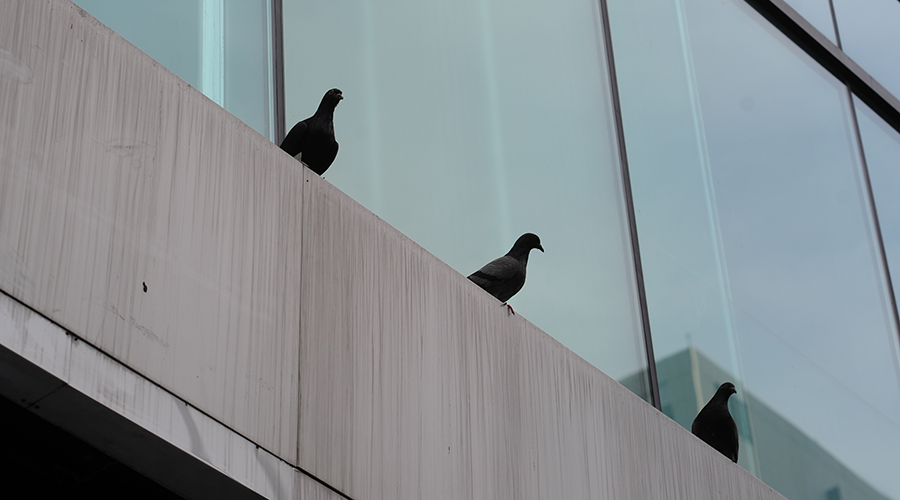
Dispelling myths can lead to facility design and operations that help prevent bird collisions.
Healthcare facilities managers face a range of issues and challenges daily in their efforts to create safe and healthy environments for patients and staff. But increasingly, they are attending to the role that their buildings play in the lives of other creatures – namely, birds. Studies and surveys in the last decade have established the reality that buildings pose threats to birds that collide with them.
While this database of information gives managers facts to back up their actions to make buildings safer for birds, managers and the general public still retain myths and misconceptions about the problem and how to address it.
“One of the primary myths is that if a bird hits the glass and flies away, it’s OK,” says Christine Sheppard, director of the glass collisions program with the American Bird Conservancy. “The odds are that that bird has a concussion, or it may have internal hemorrhage. A fairly high percentage of birds that hit windows and fly away are actually impaired and die within a few days.”
Sheppard also points out a mistaken belief related to efforts to prevent collisions.
“There’s also a myth that if you put silhouette of a diving raptor on a window, birds will avoid it,” she says. “This myth has translated into the belief that if you put a single decal on a window, birds will avoid it.
“Both of those are incorrect. Birds don’t recognize a silhouette as an actual bird. They see it as an obstacle they could fly around or fly past. The same thing is really true for decals. Decals don’t tell birds that glass is there the way (decals) do for humans. There are lots of glass walls and glass doors that are required to have rows of decals to tell people glass is there. Birds never understand the concept of glass as a transparent barrier or as a solid barrier.”
The differences between the way humans and birds perceive glass is critical to dispelling myths about bird collisions and implementing effective prevention measures.
“People can’t see glass, either,” Sheppard says. “They can’t see glass unless it’s dirty. They learn architectural cues that tell them where to expect glass, and they still run into glass fairly often. Birds don’t learn it the way we do.
“When we put markers on windows, what we’re doing is making an obstacle course for birds. You have to put markers with spacing that basically says to birds, ‘I can’t fly through there. I better fly around.’”
Sheppard emphasizes that decals must be placed close together to effectively prevent bird collisions.
“The spacing has to be relatively close because we’re trying to make glass safe for birds, which are really small,” she says. “Birds are really good at knowing how big they are. But you don’t have to use anything nearly as big as a decal on a window to make a signal to a bird. A half-inch diameter dot is plenty big enough for bird to see in time to change direction.
“There are a lot of solutions for collisions that involve applying window films or other materials that basically create a pattern of dots on a window or pattern of stripes on a window.”
Note: This is the second part of a two-part article. Read part one here.
The American Bird Conservancy offers a host of resources designed to help facility managers, owners and architects design, construct and operate buildings that are safe for birds. Among the resources:
Dan Hounsell is senior editor of the facilities market. He has more than 30 years of experience writing about facilities maintenance, engineering and management.
The post "Protecting Birds from Buildings: Myths and Resources" appeared first on Healthcare Facilities Today








0 Comments